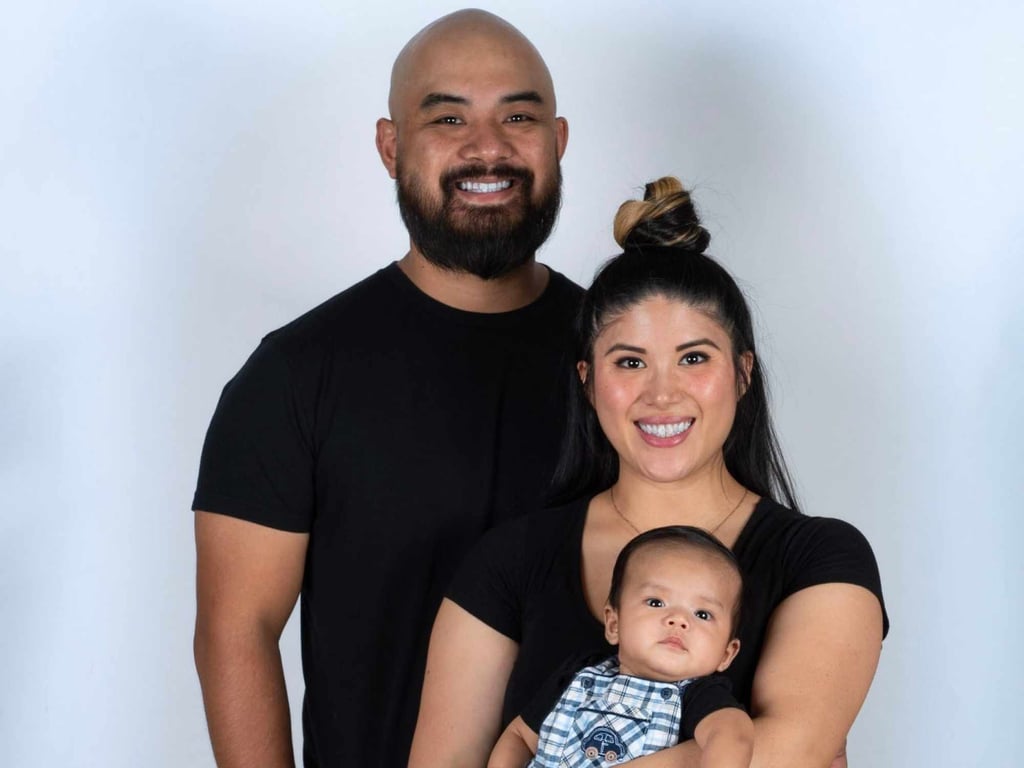How switch to making face masks saved Asian-American small businesses amid the coronavirus pandemic
- When Covid-19 hit in 2020, small companies were left with inventory they couldn’t sell, and no income
- These nimble Asian-run companies turned unused fabric into fashionable and functional face masks – and as demand grew, so did their businesses

Darwin Manahan sat at the head of his dining table, surrounded by a team of friends helping with his events business. To Manahan’s right, his business partner, Pascale, was confirming the final sponsor for the Barbie festival they would be working that weekend.
It was March 3, 2020, in Los Angeles, four days before Manahan’s birthday. His pregnant wife, Nikki, was walking around the flat working on aprons for another business that the couple founded together. It would provide custom aprons for the staff at the festival, enough orders for the month.
Everything was locked in – staff and vendors secured, paperwork signed, equipment bought, and apron fabric on its way.
Half an hour later they got a call that summed up what the rest of the year would feel like for business owners: the coronavirus was sweeping the nation, so the Barbie festival was cancelled.

The group was in shock. Dizzy and sick to his stomach, Manahan shut his laptop. “Either I can laugh or cry,” he remembers thinking. “I guess I’ll choose the latter and laugh about it because it just seems so unreal.”